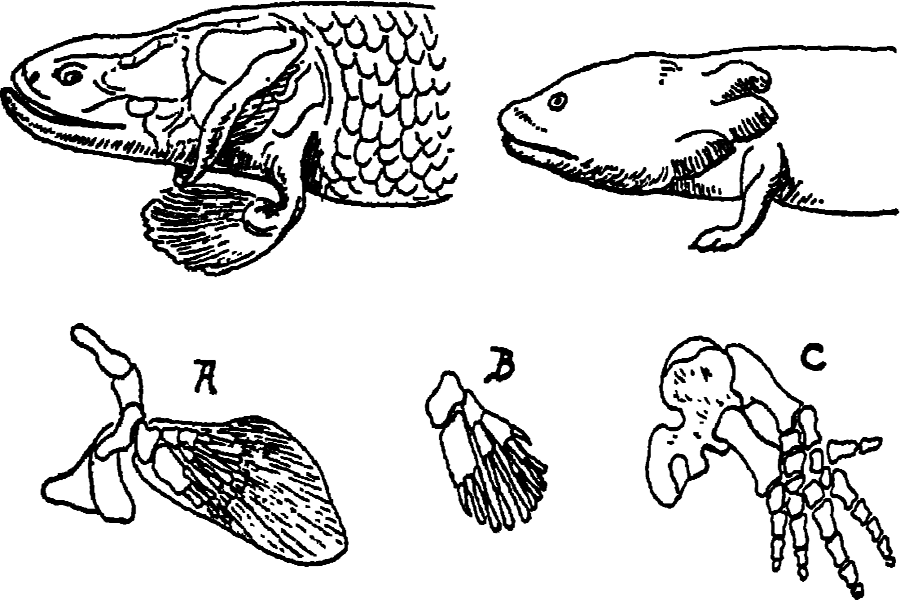<![CDATA[A stunning study performed by scientists in Canada, has simulated the way fish may have started to walk on land about 400 million years ago. The researchers used a modern fish, called Polypterus or Bichir, which is an African species with characteristics similar to the ancient fish that first started to walk on land. Polypterus also move on land and have lungs that are used to breathe air. The researchers, mostly hailing from McGill University in Quebec, raised these fish on land for nearly a year. During the Cambrian explosion, a period of time characterized by the rapid appearance of new animal phyla, a group of jawless fishes started to appear. These fish evolved and eventually Lobe-finned species developed, which had an internal skeleton in their fins. The pectoral and pelvic lobed fins resembled the tetrapod limbs of land animals. These fish appeared in the early Devonian period, and started to move on land about 397-385 million years ago. Two fish remain in today's world that evolved during that period: lungfish and coelacanths. The Polypterus has lungs and lobe fins akin to these ancient animals. It was already known that Polypterus could walk on land. The Canadian scientists wanted to see how differently they would move if they lived their whole life on land, compared to those that lived their whole life in an aquatic environment. Lead author in the [em]Nature[/em] study Emily Standen, an evolutionary bio mechanist at the University of Ottawa, hypothesized that the Polypterus that live on land would develop differently to the ones who grew up in water. The results of the study seem to prove that hypothesis. The fish restricted to a life on land moved much more effectively across the ground than the ones that had lived in the water. The land fish had their fins closer to their bodies and raised their heads up higher, which made them slip less than their aquatic counterparts. Standen and her colleagues were surprised at first that the fish managed to thrive in the terrestrial habitat, and were amazed when they found there were differences anatomically as well as behaviourally. The researchers found that the bones in the fins of the fish changed shape to support them. The pectoral fin skeleton became more elongated with stronger attachments across the chest. This is due to the higher gravitational force experienced on land. They also started to move their heads and necks around a lot more, something which is not needed in aquatic environments since fish are able to turn quickly at any angle under water. They found that there was reduced contact with the skull to allow for this to happen. The changes are subtle, but immensely significant. The research has provided added weight to back up what scientists have been observing in fossil records for decades. The scientists raised the fish on land for about eight months. The study was published in a recent edition of Nature magazine. ]]>
How Fish Walked on Land 400 Million Years Ago
